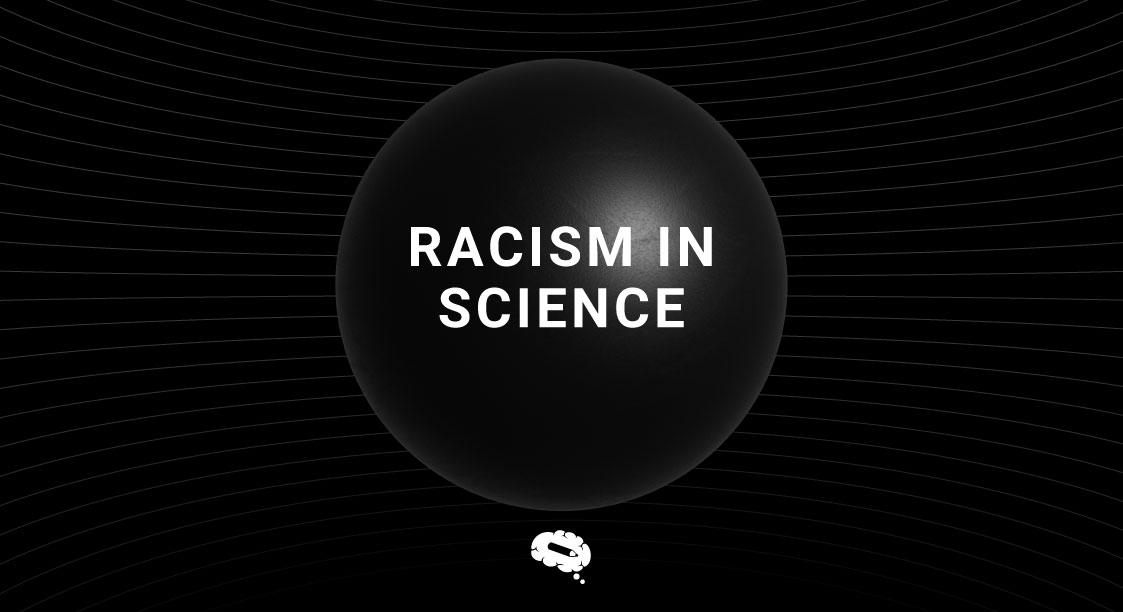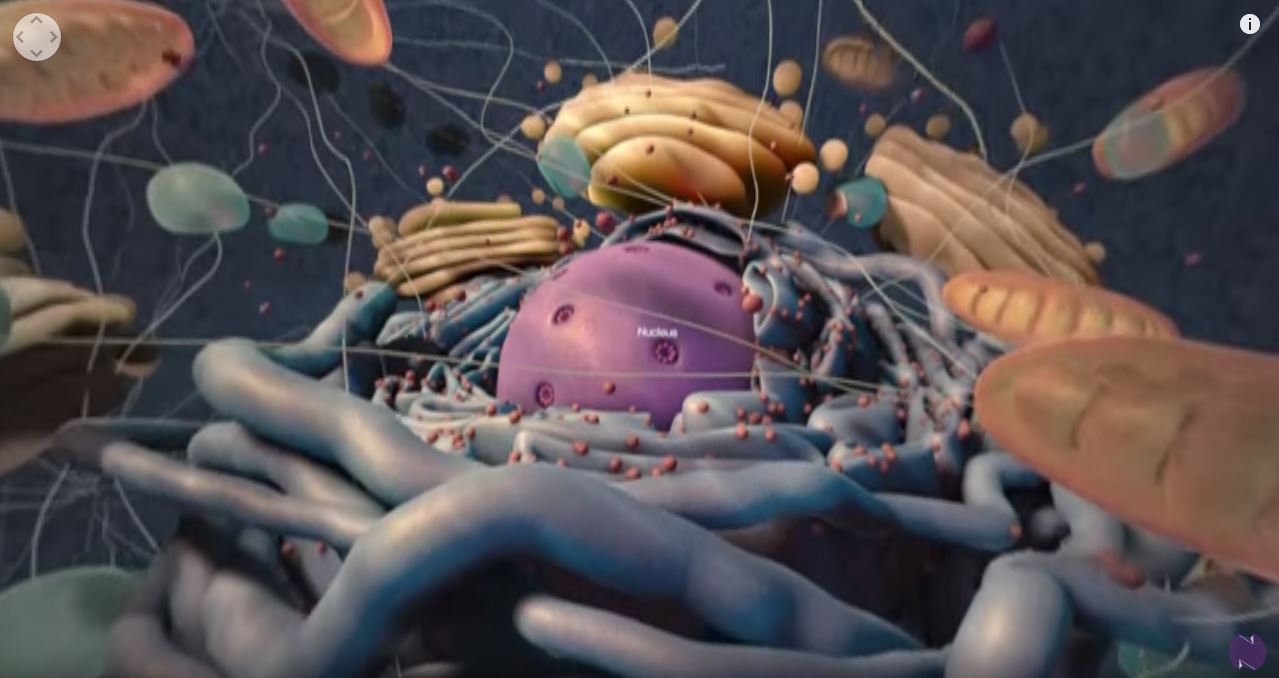Racism has been a massive part of humankind’s history, and to date, it’s been happening all around the globe. This cruel practice of discriminating against people based on their color, birth, and creed makes humans more miserable than any other creature.
What’s worse is that the one thing humans should believe, “science” itself, has supported racism throughout history. Racism in science is something that many don’t know of, and in this article we’ll be learning in-depth what science made people believe when it comes to racism and how it affected a whole set of people.
How Racism Spreads Across Science?
Racism is a harmful and prevalent issue that affects many aspects of society, including the field of science. Although science is often thought of as objective and unbiased, it is not immune to the same prejudices and biases that exist elsewhere.
Racism can manifest in various ways in scientific research, such as underrepresenting certain racial groups and using racial stereotypes and biases in data analysis and interpretation.
One of the most noticeable forms of racism in science is the underrepresentation of certain racial groups in scientific research. This can have negative consequences, such as ineffective or harmful medical treatments for people of color who were not adequately represented in clinical trials.
The reasons for this underrepresentation are complex but often relate to a need for more diversity among scientists themselves. When a particular racial or ethnic group dominates the scientific community, their perspectives and research priorities may unintentionally exclude the experiences and needs of other groups.
Pseudoscience that made Racism a Good Practice:
More than science, the emergence of pseudoscience is a bane because most of them supported racism and came up with illogical explanations that people thought were true. We listed down some of the practices that pseudoscience came up with:
Eugenics
Eugenics is a discredited scientific theory that proposes the improvement of the human race through selective breeding of individuals with desirable traits while discouraging those with undesirable traits from reproducing.
This theory supports racist policies, including forced sterilization and immigration restrictions, specifically targeting people of color.
Phrenology
Phrenology It is a discredited scientific theory that asserts that the configuration and dimension of a person’s skull can expose their intellectual abilities and personality traits. This theory was employed to validate racist beliefs that certain races were intrinsically more intelligent or aggressive than others based on the supposed shape of their skulls.
Social Darwinism
Social Darwinism is a pseudoscientific theory that uses the principles of natural selection in human societies, proposing that certain races or social classes are innately superior to others and that it is normal for the strong to dominate the weak.
This theory was utilized to legitimize colonialism and imperialism, along with policies that favored the wealthy and influential while oppressing the poor and disadvantaged.
Scientific Racism throughout Mankind’s History:
During the 19th century, scientific racism became more deeply rooted as scientists employed newly developed methods such as craniometry (measuring skull size and shape) and phrenology (studying the bumps on a person’s skull) to support claims of racial supremacy.
One example is the American physician Samuel Morton, who gathered skulls from various parts of the world and used them to argue that Europeans possessed larger brains and, thus, were more intellectually advanced than other races.
In the 20th century, racism in science took on a more insidious form as scientists sought to prove the biological basis of racial differences. One infamous example is the Tuskegee syphilis experiment, in which African American men were deliberately left untreated for syphilis to study the disease’s natural course.
The experiment lasted for 40 years, during which time the men were denied treatment even after the discovery of penicillin as a cure for the disease. This study clearly shows how racism can manifest in scientific research, with devastating consequences for marginalized communities.
Unfortunately, scientific racism continues to be promoted by some individuals and groups today, often through pseudoscientific claims about genetics or intelligence. For example, some white supremacist groups argue that people of European descent are genetically superior to other races. At the same time, some advocates of race-based medicine make claims about innate biological differences between races that are not supported by scientific evidence.
How Scientific Racism affects the overall Understanding of Science?
In the present day, there are various ways in which racism can exist in science. A notable instance is the insufficient representation of people of color in scientific fields, resulting in a lack of diversity in research and a limited comprehension of the life experiences of marginalized groups.
Additionally, another form of racism in science is the perpetuation of racist stereotypes in scientific literature, such as the belief that certain races are inherently more prone to violence or criminal behavior. These notions are frequently grounded in incomplete or flawed data but can still significantly affect public perception and policy making.
3 steps to Combat Racism in Science
- Acknowledging the issue – The first step towards addressing racism in science is by acknowledging its presence and committing to making changes.
This involves actively recognizing and addressing instances of racism both in scientific research and in broader society, as well as working towards increasing diversity within scientific fields and ensuring that marginalized communities have access to scientific resources and opportunities.
- Improving Transparency – Another significant step is to improve transparency and accountability in scientific research. This can be achieved by making data and methods publicly accessible, allowing other researchers to examine and reproduce findings.
It also means recognizing and addressing potential conflicts of interest and biases within the scientific community, such as the impact of corporate funding on research outcomes.
- Viewing from an Ethical perspective – Lastly, scientific research should prioritize ethical considerations. This involves ensuring that research is conducted to uphold the rights and dignity of individuals, including those from marginalized communities. It also requires recognizing the potential for harm in scientific research and implementing measures to minimize these risks.
In conclusion, addressing racism in science is a multifaceted issue that requires a comprehensive solution. By acknowledging its presence, promoting transparency and accountability, and prioritizing ethical considerations, we can work towards combating racism in science and creating a more adjustable and equitable society for everyone.
Integrate information and illustrations into beautiful and impactful slides
Undoubtedly, Illustrations are the best way to integrate scientific information into beautiful and impactful research papers and slides. Leverage the use of visually appealing infographics through Mind the Graph and ace the reach of your research work.

Subscribe to our newsletter
Exclusive high quality content about effective visual
communication in science.





